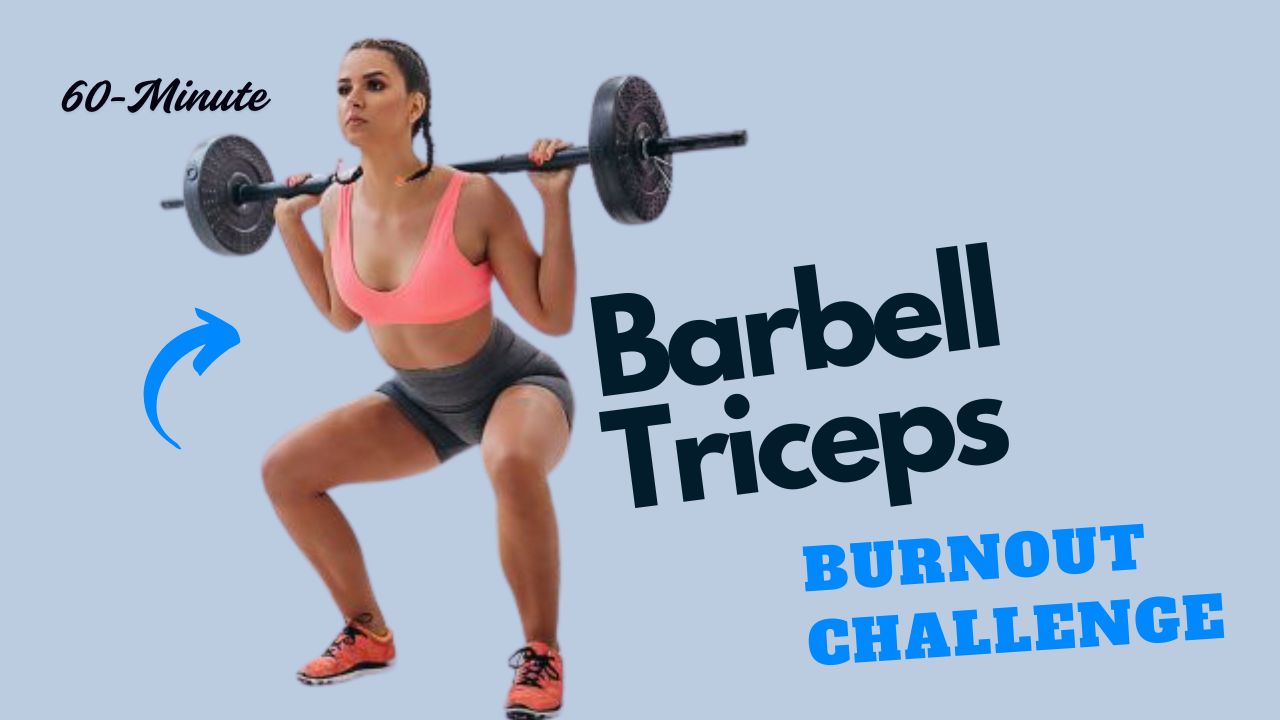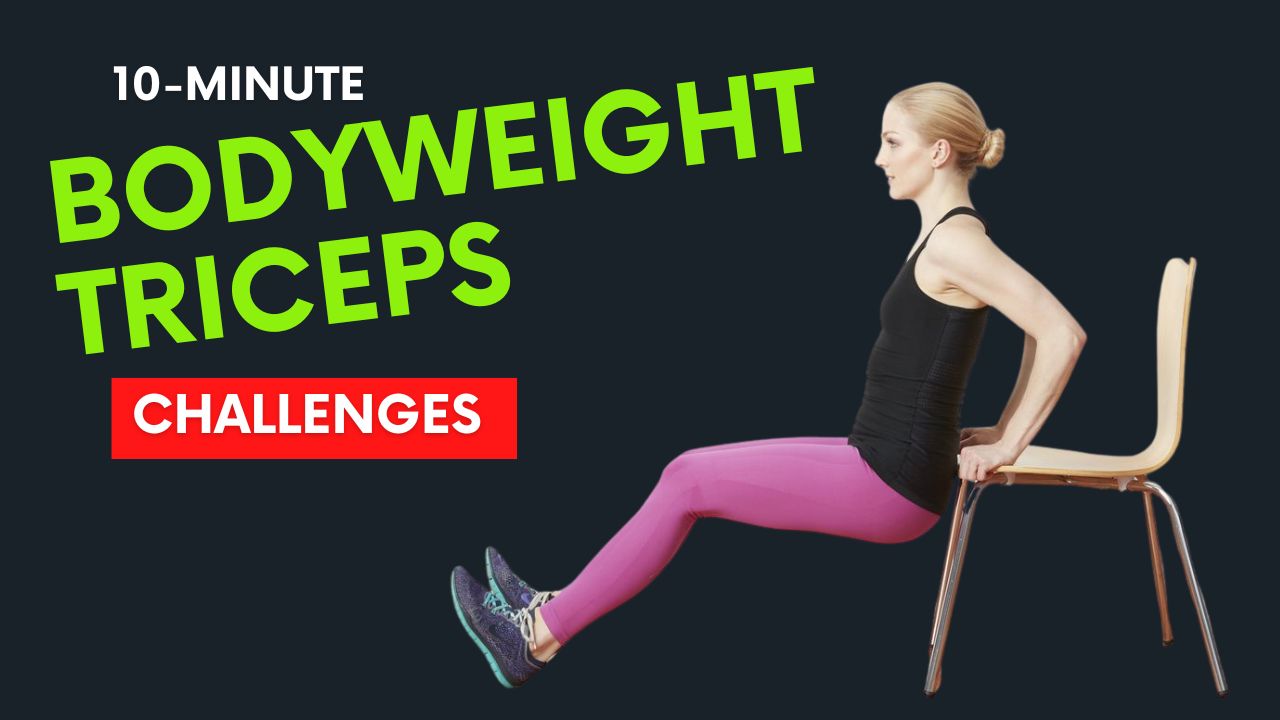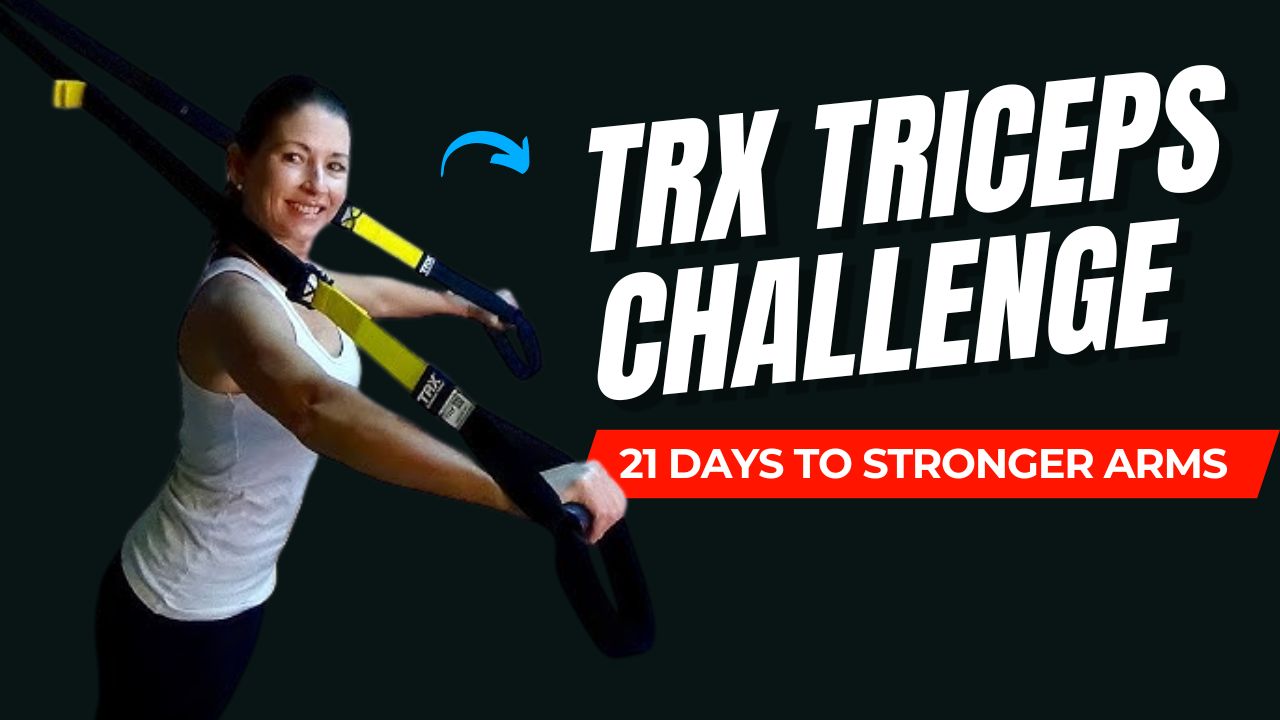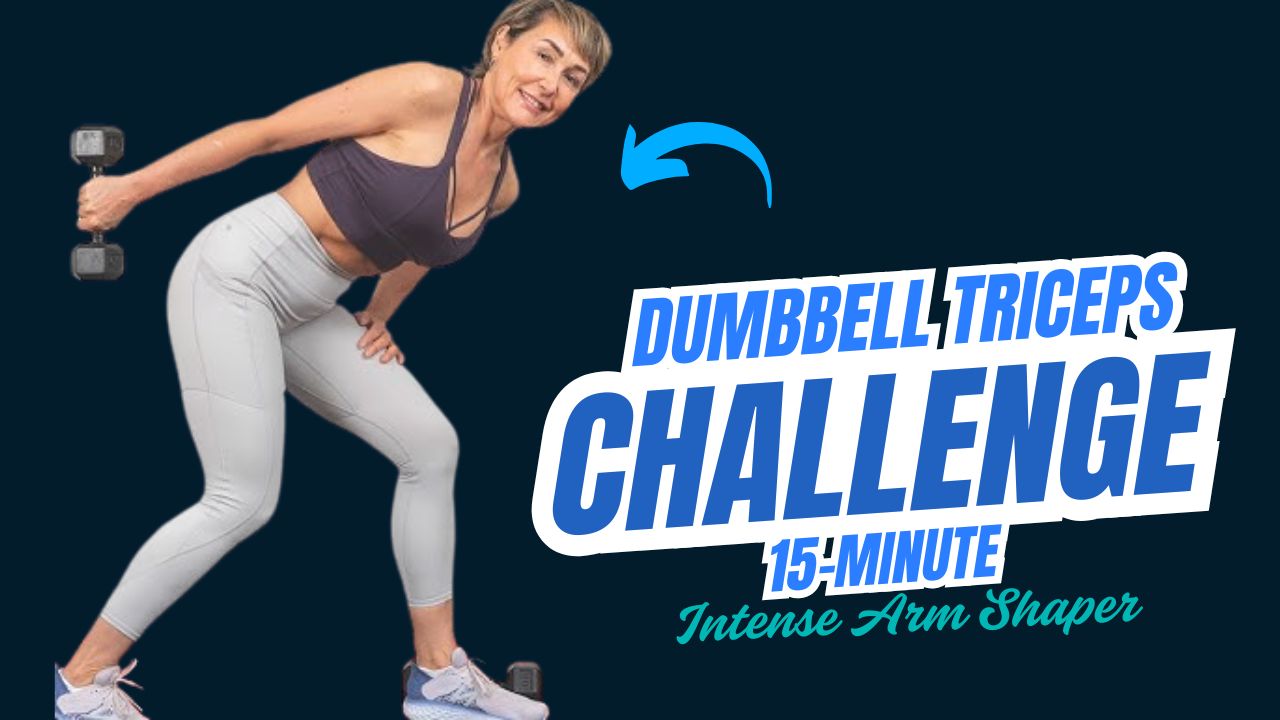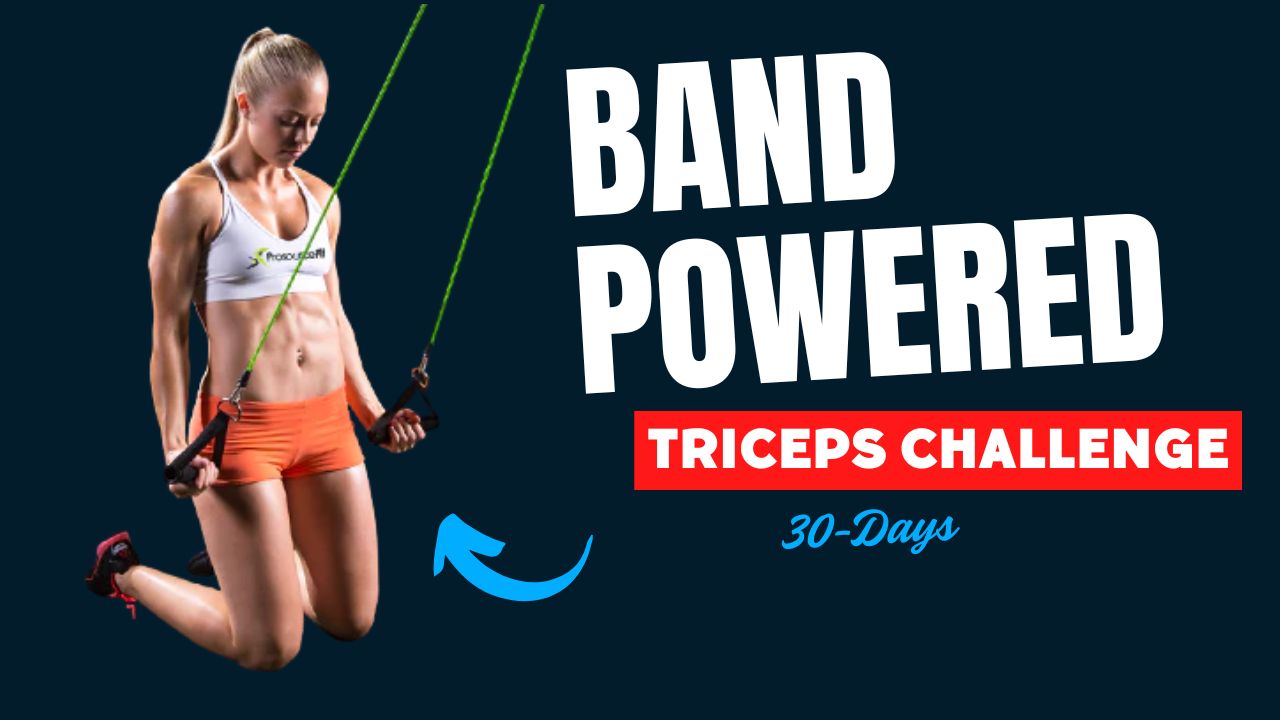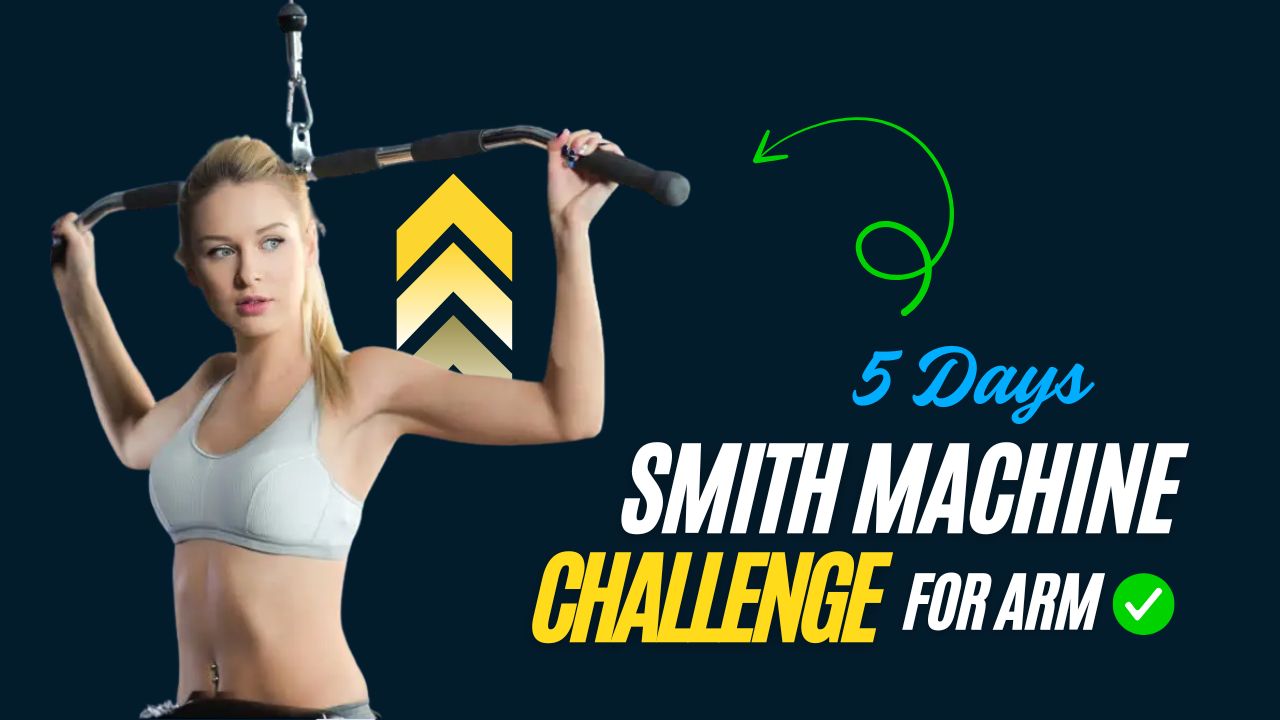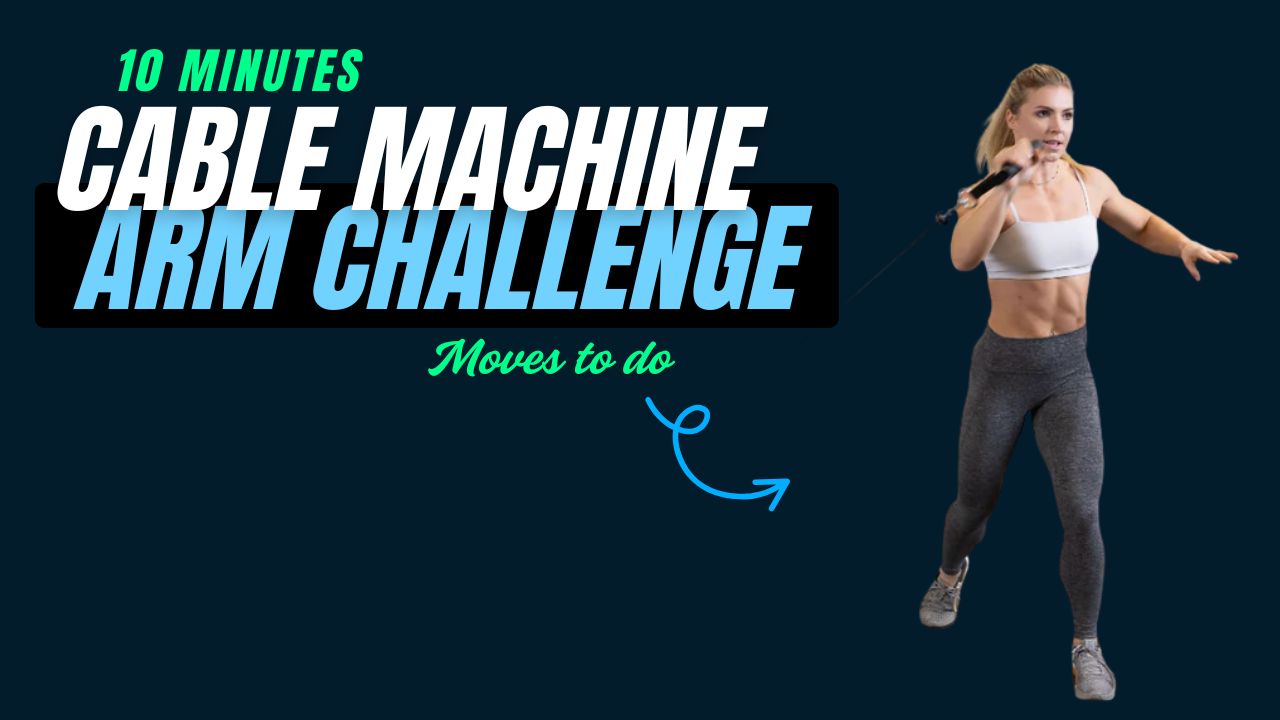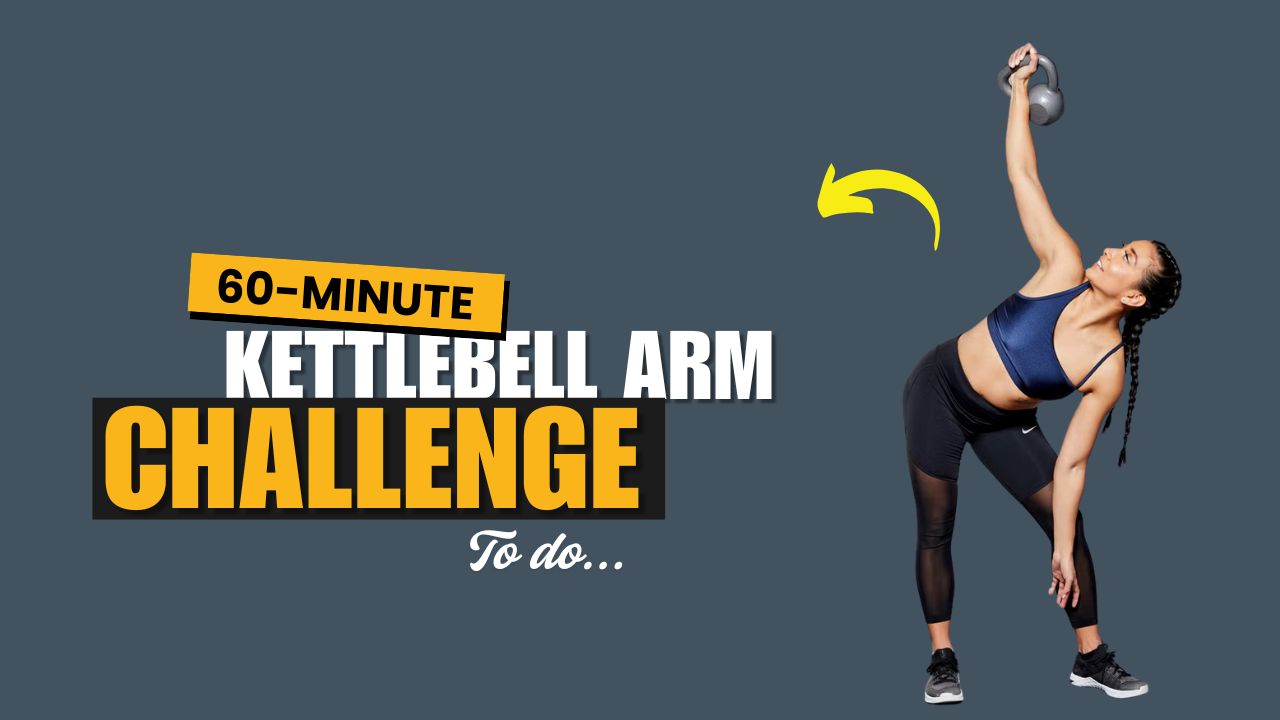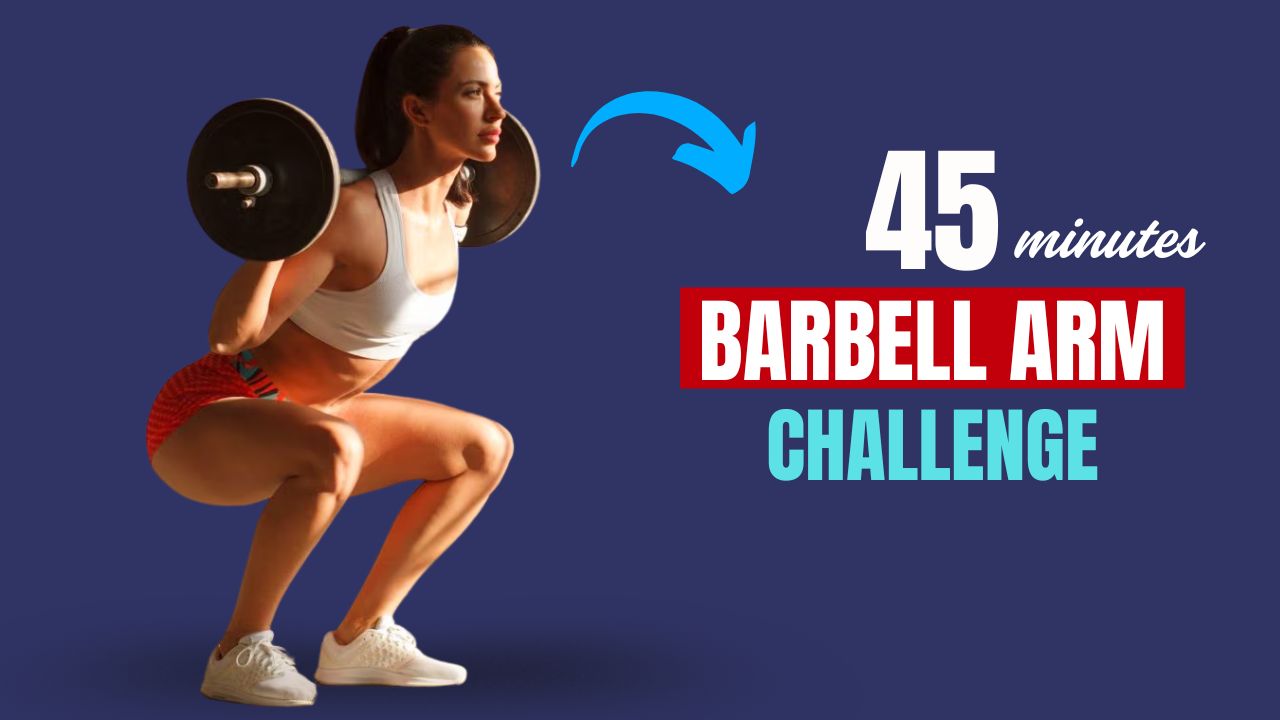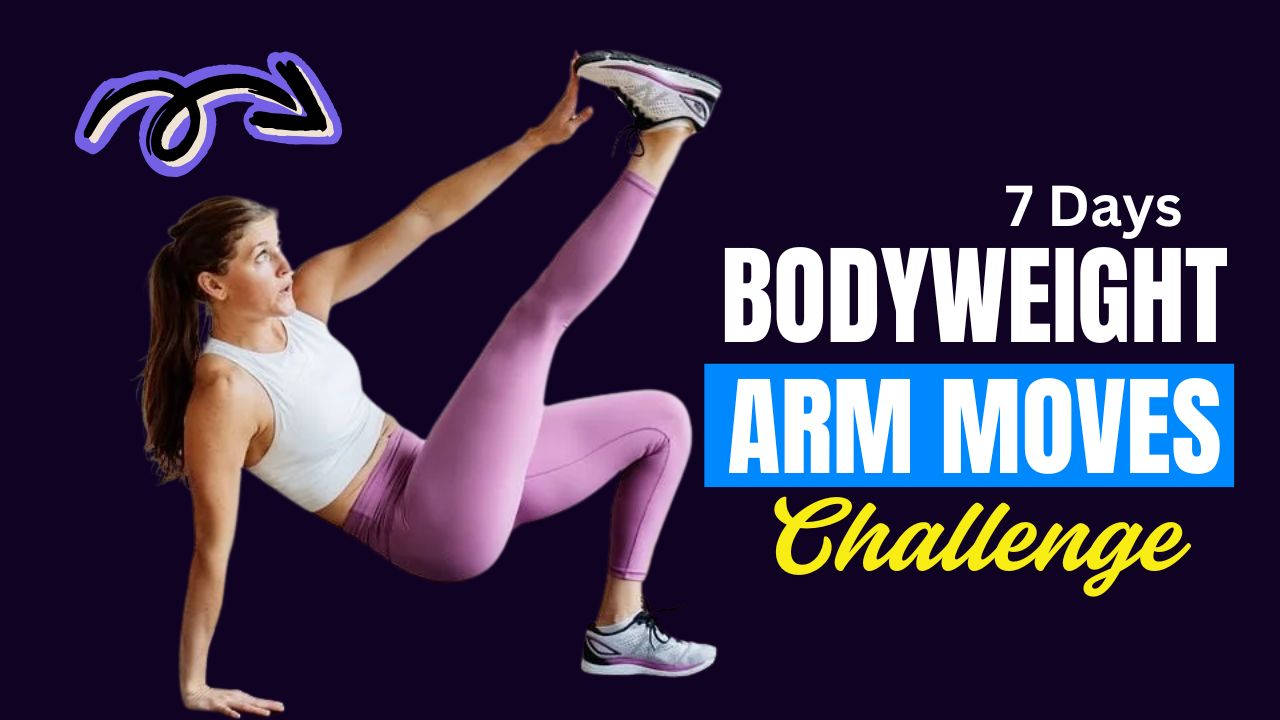Ever feel like your bicep workouts have hit a plateau? What if one simple tool could make every curl twice as effective? Meet the Bosu ball: the secret weapon for building not just bigger biceps, but insane balance and core strength, too.
Why Use a Bosu Ball for Biceps?
A Bosu ball transforms your regular curls into a full-body challenge. By forcing you to stabilize your core and legs, it activates more muscle fibers with each rep. Plus, training on an unstable surface helps improve coordination and prevents imbalances that often lead to injuries.

Table of Contents
What Can Happen After 30 Days of Bosu Ball Bicep Exercises
| Potential Positive Changes | What It Means for You |
|---|---|
| Improved bicep definition | Muscles appear firmer and more toned |
| Increased bicep and forearm strength | Lifting, gripping, and daily tasks become easier |
| Enhanced core stability | Better posture and reduced risk of lower back pain |
| Sharper balance and coordination | More control in sports and daily movements |
| Greater mind-muscle connection | Improved focus on activating biceps during workouts |
| Higher confidence in workouts | Feeling stronger leads to better workout motivation |
Do & Don’t for Bosu Ball Bicep Exercises
| Do | Don’t |
|---|---|
| Start with light weights to learn balance. | Don’t rush through reps or use momentum. |
| Engage your core to stabilize your body. | Don’t arch your back or lean excessively. |
| Focus on slow, controlled movements. | Don’t hold your breath—keep breathing steady. |
| Place the Bosu on a non-slip surface. | Don’t use heavy weights beyond your control. |
| Keep your knees slightly bent while standing. | Don’t lock your knees or stiffen your legs. |
| Choose a spacious area free of obstacles. | Don’t train on the Bosu near sharp objects or walls. |
| Progress to harder variations gradually. | Don’t skip warm-ups before starting the workout. |
1. Bosu Ball Standing Bicep Curl
How to do it:

- Place the flat side of the Bosu on the floor.
- Stand with feet shoulder-width apart on the Bosu dome.
- Hold dumbbells at your sides with palms facing forward.
- Engage your core to keep balance.
- Curl the weights to your shoulders, keeping your elbows tight.
- Lower with control. Perform 8–12 reps.
Do you know? Training on unstable surfaces like the Bosu ball can increase joint stabilization, reducing the risk of elbow and shoulder injuries during biceps work.
2. Bosu Ball Seated Curl
How to do it:

- Sit on the center of the Bosu dome with knees bent and feet flat on the floor.
- Hold dumbbells at your sides.
- Keeping your back straight, curl the dumbbells up.
- Lower slowly. Aim for 10–15 reps.
Interesting fact: Unlike seated curls on a bench, the Bosu ball version recruits your abs and lower back, turning a simple curl into a mini core workout.
3. Bosu Ball Kneeling Curl
How to do it:
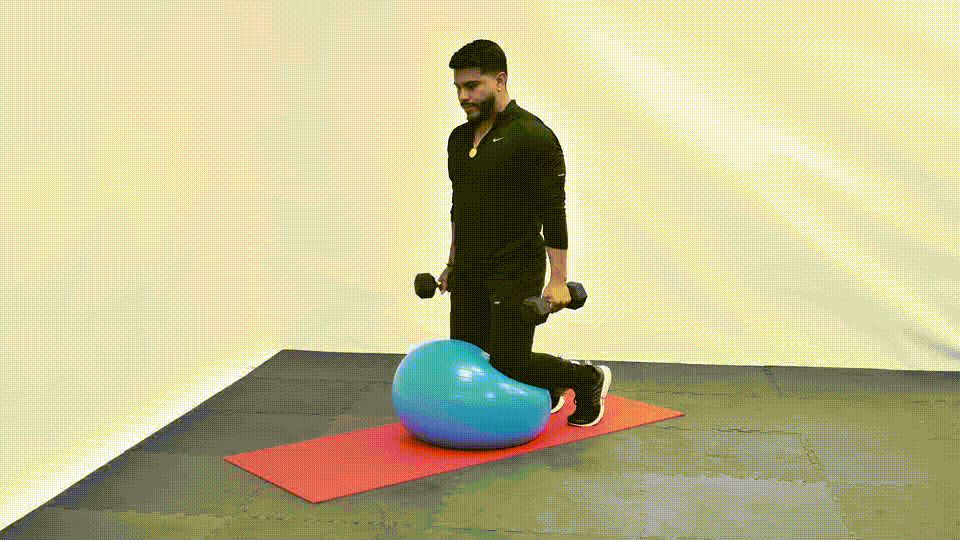
- Kneel on the dome of the Bosu with shins resting on top.
- Keep your torso upright and abs engaged.
- Curl the dumbbells, squeezing at the top.
- Slowly lower. Complete 8–12 reps.
Myth-buster: Many think kneeling is easier, but kneeling on an unstable surface like a Bosu ball is harder than standing—it demands serious core control!
4. Bosu Ball Hammer Curl
How to do it:
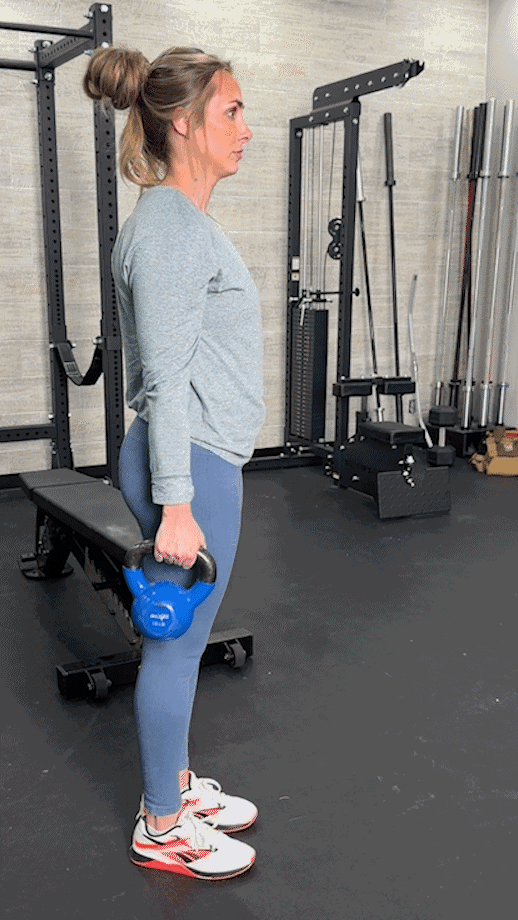
- Stand balanced on the Bosu dome.
- Hold dumbbells with palms facing each other.
- Curl up in a hammer grip motion.
- Lower under control. Repeat 10–12 times.
Why it’s great: Hammer curls target the brachialis, a deeper muscle under the biceps. Strengthening it helps push your biceps outward, making them appear bigger.
5. Bosu Ball Single-Leg Curl
How to do it:
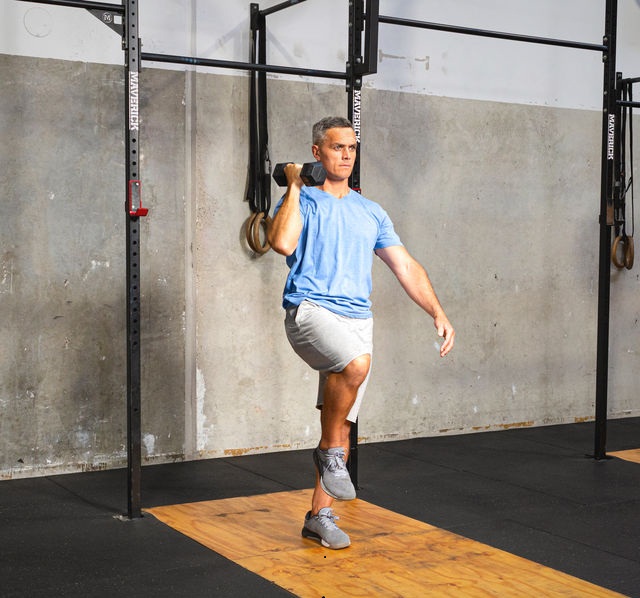
- Stand on the Bosu dome with only one foot in the center.
- Keep the other foot off the Bosu, hovering just above.
- Hold a dumbbell in each hand.
- Perform curls, maintaining balance on one leg.
- Do 8–10 reps, then switch legs.
Did you know? Single-leg training enhances unilateral strength and exposes muscle imbalances you might miss with traditional curls.
6. Bosu Ball Curl to Shoulder Press
How to do it:
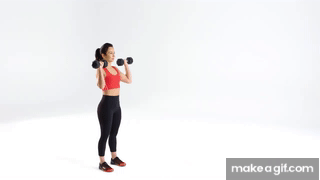
- Stand on the Bosu dome with dumbbells.
- Perform a bicep curl, then rotate palms outward and press weights overhead.
- Lower back through the curl path to the starting position.
- Perform 6–10 controlled reps.
Why it’s powerful: Combining curls with overhead presses engages your biceps, shoulders, and core in a single explosive move, maximizing your workout efficiency.
Final Thoughts
The Bosu ball isn’t just a gimmick; it’s a dynamic tool that takes your bicep workouts from average to elite.
Adding these six exercises to your routine will challenge your muscles, improve balance, and build functional strength that carries over to every lift—and even daily activities.
So, grab a Bosu ball and watch your arms grow while your core gets stronger than ever!
Frequently Asked Questions (FAQs)
Are Bosu ball bicep exercises safe for beginners?
Yes! Beginners can absolutely use a Bosu ball for bicep training. Start with lighter weights and focus on maintaining balance. If standing on the dome feels too unstable, try seated curls first.
How does using a Bosu ball make bicep curls more effective?
The unstable surface forces your core, hips, and legs to engage while you curl, which recruits more stabilizer muscles. This increases overall muscle activation compared to regular floor curls.
What weight should I use for Bosu ball bicep exercises?
Choose a weight 10–20% lighter than you’d use on stable ground. The challenge of balancing makes each rep harder, so you don’t need as heavy a dumbbell to get a great workout.
How often should I train biceps with Bosu ball exercises?
1–2 times per week is ideal for most people. Give at least 48 hours between sessions to allow your muscles to recover and grow stronger.
Can I use resistance bands instead of dumbbells on a Bosu ball?
Absolutely! Resistance bands are great alternatives that can add variety and challenge different angles of your biceps while still engaging your stabilizing muscles.
Will using a Bosu ball help me build bigger biceps faster?
Using a Bosu ball can enhance muscle engagement and core activation, which can contribute to strength and size gains over time—especially when combined with progressive overload and proper nutrition.
Are there risks to doing bicep curls on a Bosu ball?
The main risk is losing balance, which can lead to falls or strained muscles. Start slow, keep your core engaged, and step off if you feel unstable. If you have balance issues or injuries, consult a trainer or doctor first.
